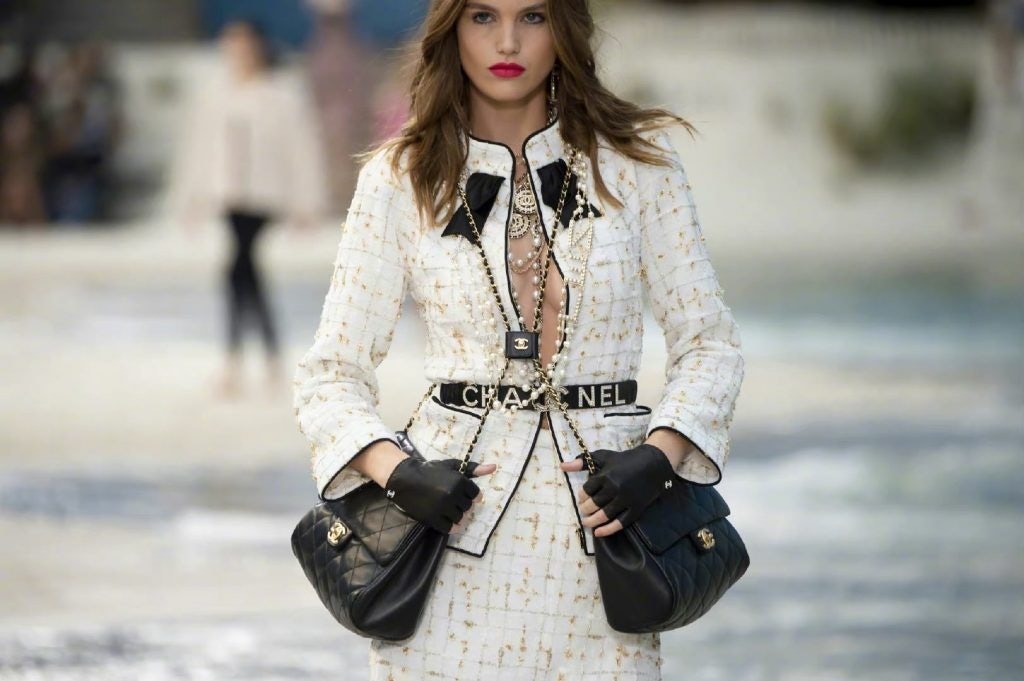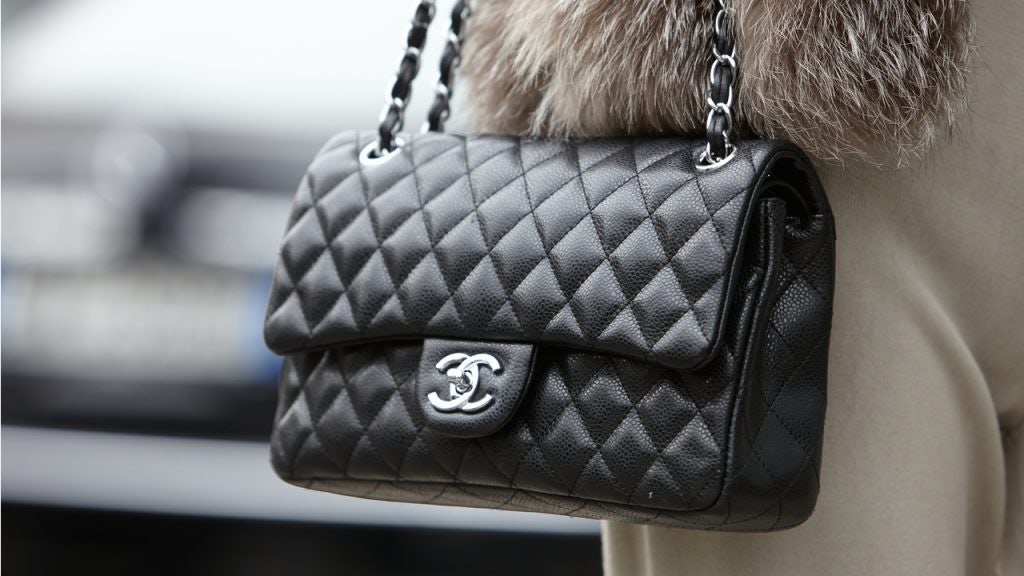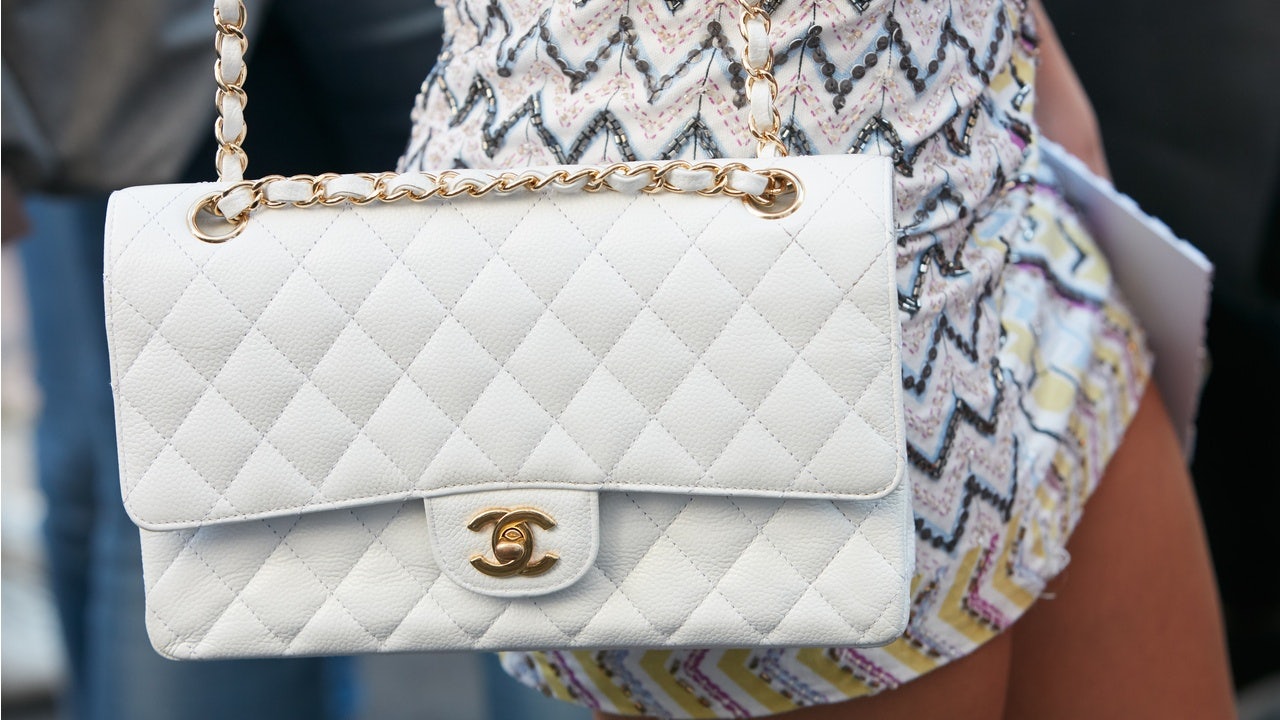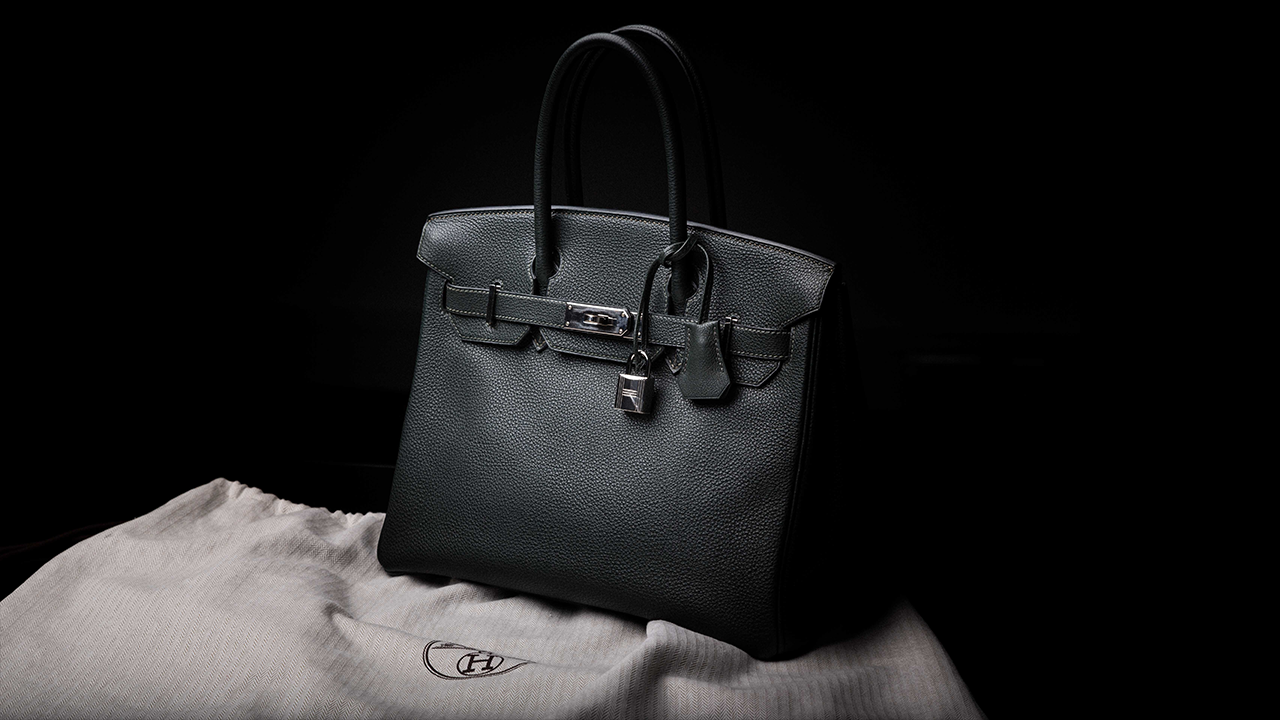Key Takeaways:#
- While price adjustments are expected at least once or twice a year from luxury brands, Chanel has raised costs four times since the pandemic. In China, the price of a 2.55 Medium Flap Bag has jumped more than 65 percent in just two and a half years, according to CBNData.
- Price increases not only reflect a brand’s popularity but also heightens its air of exclusivity. In fact, Chanel topped a survey of high-net worth consumers in China as their favorite luxury brand in 2021.
- However, not all brands can pull off Chanel’s pricing strategy. Mulberry is one brand that tried to enter the four-figure handbag market and failed, resulting in multiple profit warnings.
Consumers will need to stash away a few extra thousand dollars to nab that coveted CC logo. Ahead of the holiday season, Chanel has raised prices on its most iconic models, marking the third time this year and the fourth time since the pandemic it has hiked costs.
Starting on November 3, the French house’s Small Classic handbag will set buyers back €7,300 (8,429), 16 percent more since the end of September. Meanwhile, its quilted leather 2.55 with a gold chain will retail for €7,800, up almost 2,000 euros from December 2020. This follows closely behind an increase in July, which affected styles like the Flap bags, Boy bags, Chanel 19, and Classic WOC.
In the luxury industry, price adjustments are expected at least once or twice a year to reflect changes in production costs and exchange rates. Louis Vuitton, for instance, spiked prices twice in 2021, sending its Pochette Accessoires soaring 33 percent in October. Hermès similarly snuck in an increase at the beginning of the year, though nothing drastic.
In contrast, Chanel has taken a more aggressive pricing approach in a bid to pad profit margins and bolster exclusivity. This is especially apparent in China, where the average median price of luxury goods is already 60 to 75 percent higher than in Europe. According to CBNData, the 2.55 Medium Flap Bag, priced at 38,100 yuan (5,900) in May 2019, rose to 62,700 yuan (9,800) this November — jumping more than 65 percent in just two and a half years.
While some consumers have balked at the changes, Chanel seems confident many will keep on buying. And the proof is in the pudding (or the padded bags): In the first six months of 2021, the privately-owned company reported that sales climbed double digits after an 18 percent drop in 2020, keeping its full-year profit margin on track to return to pre-pandemic levels.
So, how has Chanel gotten away with so many price hikes? And can other luxury brands do the same?
The legacy/brand behind the price tag#
To an extent, a brand’s ability to hike prices reflects its popularity in the market. And what drives this demand, in Chanel’s case, is its trademark style. Olivier Verot, the founder of Gentlemen Marketing Agency, attributed the 111-year-old company’s success to its accurate positioning as a high-end luxury brand, bolstered by iconic products like the No.5 perfume and signature designs such as tweed suits and gold chain leather bags. While its products are reimagined season after season, these signature codes of styles remain largely unchanged, helping Chanel achieve both universal recognition and contemporary relevance.

Chanel’s popularity is further strengthened via local initiatives. In China, the house has not only appointed Asian ambassadors like Jennie from Blackpink and supermodel Liu Wen, but it has also rolled out exciting offline events such as an electro music party in Chengdu and its first-ever perfume exhibition in Shanghai. In fact, Chanel topped a survey of high-net worth consumers in China as their favourite luxury brand in 2021, according to luxury research firm Agility Research.
Given this, the brand is symbolic of more than high-end fashion. As Sally Maier-Yip, founder of 11K Consulting, told Jing Daily, “Among Chinese sophisticated consumers, Chanel stands for grace, elegance, happiness, and legend — as Chanel is famous for its vision and aspiration: ‘May my legend prosper and thrive. I wish it a long and happy life!’”
The benefits of price increases#
Coupled with timeless pieces and strong branding, an announcement of a price increase can actually contribute to a brand’s hype. “Price increases can provide a message that a brand is precious and that one has to buy now, before prices go up again,” said Luca Solca, a senior research analyst at Bernstein.
At the same time, price hikes also help luxury players maintain exclusivity. “In the opinion of insiders, luxury goods are not affordable for everyone,” Verot added. “When the resistance of obtaining goods becomes greater, it is easier to increase consumers' desire to buy.” Chanel has even gone the extra step of limiting purchases of its most popular bags to one per customer per year in certain markets, including China, to better control distribution.
Although these higher price tags may sting initially, they don’t have to be good for just the brand. As the luxury giant continues rising in value, its most sought-after pieces could be seen as investments; the price of a Medium Classic Flap bag, for example, increased from 1,150 in 1990 to 8,800 this month, spelling good news for collectors and resellers who splurged early.

A risky game#
That said, when do the price hikes become too much? According to Fabio Becheri, a marketing professional who counts nearly two decades of experience at Kering, frequent price increases can pose a risk to a brand’s reputation even if loyal consumers keep on buying. “I believe there will come a moment when the consumer will start to be better informed about the incredibly high margins in the luxury world,” he said. “In the long-term someone will ask to wonder if it is moral and respectful towards the consumers.”
Of course, it’s no secret that luxury consumers are already paying for more than materials and craftsmanship. But even so, Maier-Yip cautioned that brands should play this price game carefully. “Unless the brand can justify the increase of the price fairly, such as for limited or exclusive items or for extra special experiences, consumers may feel that the brand is getting ‘greedy’ and not being 'responsible,’” she said.
After Chanel’s price hike in July was announced, many netizens responded with shock and dismay. In China, where the hashtag #ChanelIncreasesPrice (#香奈儿中国接力涨价) garnered 100 million views on Weibo, users could not help but compare the brand to fellow French rival Hermès: “I feel that Chanel really wants to raise the bag price to the same level as Hermès, around 70,000 yuan (10,900),” wrote Chinese fashion KOL Mr. Bags. Another user commented on the thread, stating, “It’s getting more and more outrageous… If I have the money, I might as well save up and buy Hermès.”
A strategy for other brands?#
Becheri warns that price hiking is not something every brand can pull off. “Chanel and Hermès (and maybe Vuitton) can get away more easily with raising prices often because they offer real long-lasting value products,” he explained. “Increases will be harder to be accepted from luxury brands with more seasonal fashion offers.”
Solca echoed that “not so desirable brands risk becoming completely irrelevant if they raise prices,” pointing to Mulberry as an example. Years ago, the British leather goods maker decided to introduce bags at higher price points than its previous Alexa and Bayswater bags. However, the attempt to upscale failed to resonate with Mulberry’s core consumers, resulting in multiple profit warnings, the departure of its chief executive, and a pivot back to affordable luxury.
The lesson here is that brands must first ensure they are desirable enough to warrant their lofty prices. While Chanel may be able to get away with multiple price hikes due to strong demand, it too may one day reach its limits as it ventures further into Hermès’ pricing territory. But as long as consumers keep buying, the brand has no reason to slow momentum just yet.


